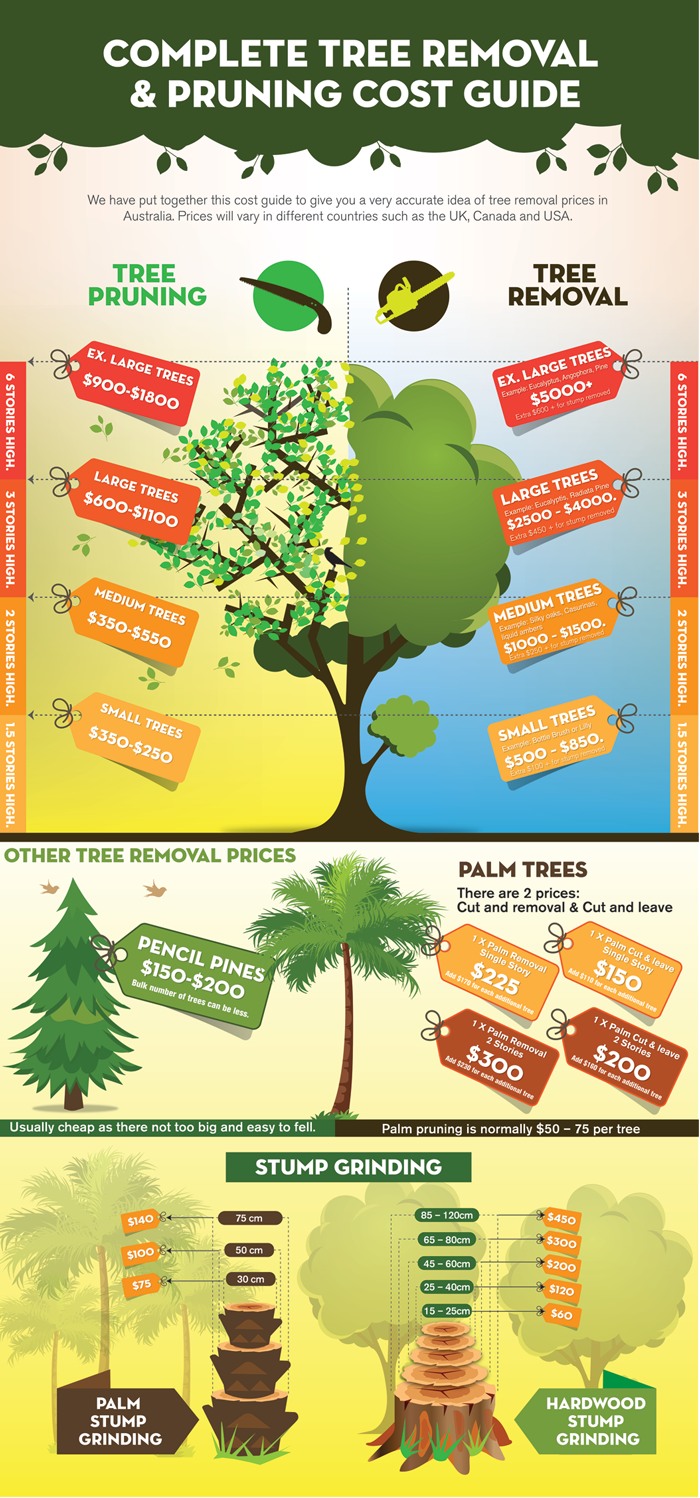The Ecological Advantages Of Stump Grinding: An Eco-Friendly Approach For Taking Care Of Land
The Ecological Advantages Of Stump Grinding: An Eco-Friendly Approach For Taking Care Of Land
Blog Article
Material Composed By-
When it comes to land management, have you considered the lasting advantages of stump grinding? By dealing with the remnants left after tree removal, this practice not just aids in soil health renovation but additionally plays an essential duty in preventing disintegration and sustaining biodiversity. power growth of stump grinding extend much beyond simple appearances, using a sustainable solution that integrates with nature's intricate systems.
Dirt Wellness Improvement
Aiming to improve the top quality of your dirt? Stump grinding can be a game-changer for improving dirt health on your home. By removing old tree stumps, you're creating space for new growth and permitting necessary nutrients to return to the dirt.
As the stumps break down over time, they release raw material, enhancing the soil and promoting better plant growth.
In addition, stump grinding helps to freshen the dirt, enabling far better water seepage and origin development. Compacted soil can impede plant development and water absorption, however by grinding stumps, you're loosening up the dirt and creating a much healthier atmosphere for your plants.
In addition, stump grinding can also assist to stop pest problems and illness that old stumps might draw in. By eliminating power landscape , you're developing a much safer and a lot more efficient landscape.
Erosion Prevention
To stop soil erosion successfully, stump grinding plays a critical role in keeping the stability and honesty of your land. By eliminating undesirable stumps from your home, you're also minimizing the risk of disintegration brought on by water runoff. Stump grinding eliminates obstacles that can interrupt the all-natural flow of water across your land, stopping soil disintegration while doing so.
When stumps are left unblemished, they can function as barriers to water flow, triggering soil to remove throughout heavy rainfalls. This erosion not just damages your land yet also adds to sedimentation in neighboring water bodies, harming aquatic environments.
Stump grinding helps to prevent these problems by leveling the ground and advertising correct water drainage, reducing the likelihood of erosion.
Biodiversity Assistance
Preserving healthy and balanced biodiversity on your land is important for producing a flourishing ecological community. By utilizing stump grinding as a sustainable land management practice, you can significantly support biodiversity.
Stump grinding assists promote biodiversity by producing new environments for different plant and pet varieties. The elimination of stumps permits the regrowth of native plant life, which consequently draws in a varied range of wild animals. Pests, birds, and small animals thrive in these freshly accessible locations, contributing to the total biodiversity of your land.
Furthermore, stump grinding helps stop the spread of conditions and pests that can hurt plant types, thus safeguarding the ecological balance on your building. By getting rid of old stumps, you develop room for new plant growth, which enhances the overall health of the ecosystem.
https://www.architecturaldigest.com/story/landscape-designers-coronavirus-challenges sustains a wider variety of species, promoting biodiversity and developing a much more resistant ecosystem in the long term. Accepting stump grinding as part of your land management method can have long-term positive results on the biodiversity of your land.
Conclusion
By utilizing stump grinding as a sustainable technique to land management, you can improve soil wellness, protect against disintegration, and assistance biodiversity. This eco-friendly technique not only benefits the environment however additionally advertises the growth of plant life and develops environments for various plant and animal species. Make a positive effect on the setting by integrating stump grinding into your land management practices.
